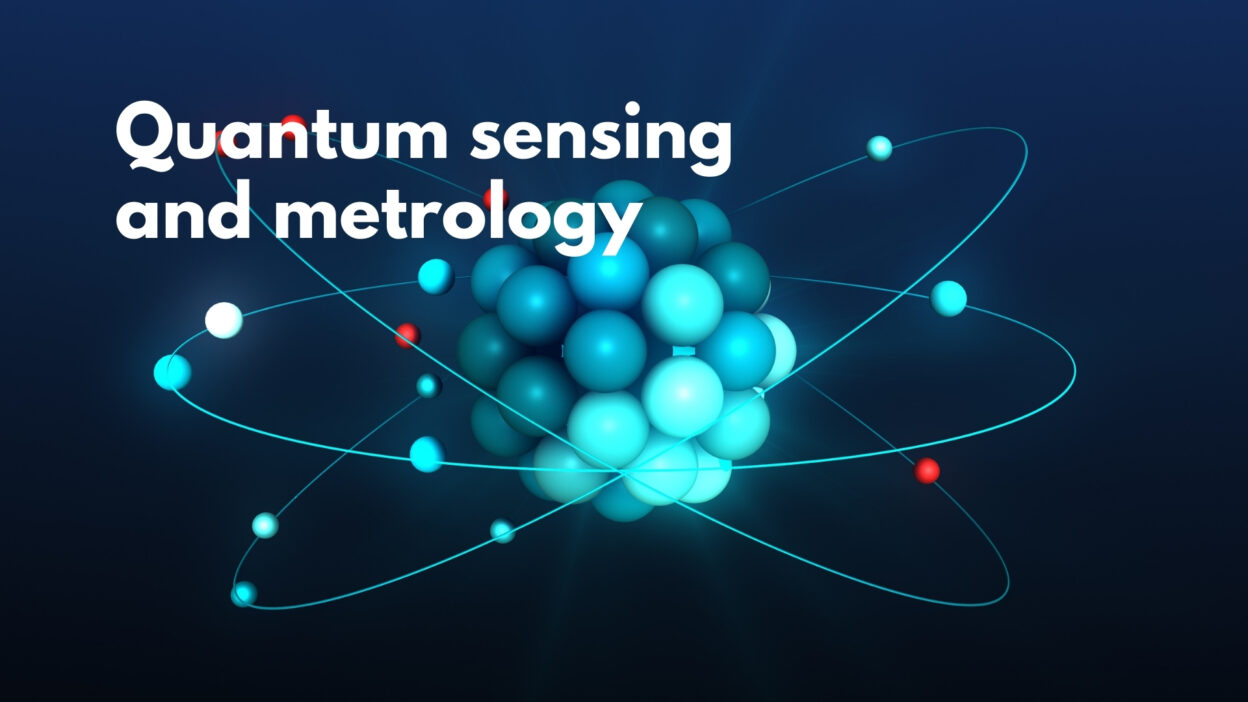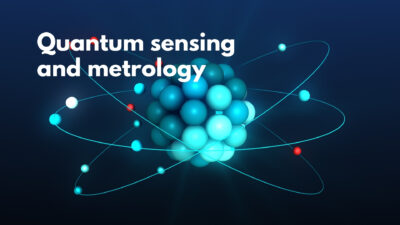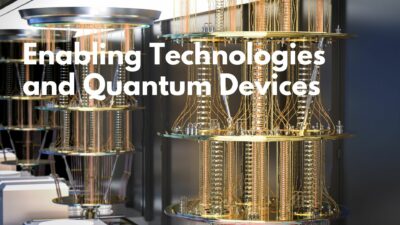This collection of research papers from 2000 to 2004 focuses on the development and application of **superconducting quantum interference device (SQUID) multiplexers** and **transition-edge sensors (TES)** for use in advanced detection systems. These technologies are primarily used in fields like astronomy, particle physics, and materials science to detect extremely small signals such as X-rays, submillimeter radiation, and cosmic particles.
Key advancements include the development of **time-division SQUID multiplexers**, which allow multiple sensors to be read out simultaneously using a single SQUID. This improves efficiency in large sensor arrays like those used in space-based instruments or microcalorimeters for X-ray spectroscopy. Researchers also explored **transition-edge sensors** made from materials like AlMn alloys, which offer high sensitivity and energy resolution when cooled to near absolute zero.
Most of the work was conducted by teams at **NIST (National Institute of Standards and Technology)** in collaboration with universities and research institutions. These studies were published in journals such as *Applied Physics Letters*, *IEEE Transactions on Applied Superconductivity*, and conference proceedings, indicating a strong focus on experimental validation and real-world applications.
The technologies described are still under development but have already been used in early-stage instruments like **SCUBA-2**, a submillimeter camera for astronomical observations. While no formal standard has been established yet, these innovations are laying the groundwork for future quantum sensing and detection standards in high-resolution spectroscopy and low-temperature physics.
Source: https://www.nist.gov/pml/quantum-sensors/quantum-sensors-division-publications-2004-2000
Keywords: superconducting sensors, transition-edge sensors, SQUID multiplexer



